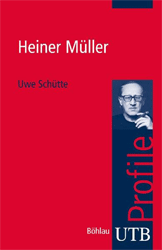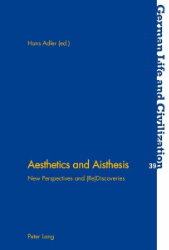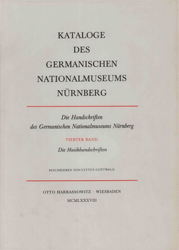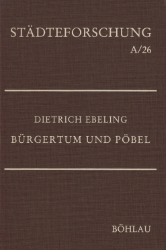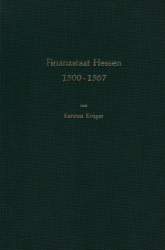
Glass along the Silk Road from 200 BC to AD 1000
International Conference within the Scope of the "Sino-German Project on Cultural Heritage Preservation" of the RGZM and the Shaanxi Provincial Institute of Archaeology, December 11th - 12th 2008. Edited by Bettina Zorn & Alexandra Hilgner. Römisch-Germanisches Zentralmuseum, Forschungsinstitut für Vor- und Frühgeschichte. 21 contributions, focusing on the one hand on recent results of scientific analyses of glass and on the other hand on archaeological questions. Structured by three geographical areas (Europe, Western and Central Asia, East and Southeast Asia), they cover a chronological range from 200 BC to AD 1000. The possibilty of interdisciplinary research was one of the focal points of the conference, as well as questions on workshops, raw material, technology and trade. By means of presenting studies of regionally-specific glass forms and techniques, as well as current methods and discoveries, even when not directly connected to the Silk Road, a broader perspective is offered. - Since Antiquity the routes of the so-called Silk Road formed an important network for commercial, cultural and technological exchange. Far-reaching and criss-crossing the Asian continent they connected eastern and south-eastern parts of Asia to the Mediterranean world via both maritime and overland routes. Named after the lucrative silk trade, which developed during Han Dynasty, one tends to think of the Silk Road as a one-way road starting in China and ending at the Mediterranean. However, goods, technologies and ideas were travelling in both directions, and glass is an excellent example for a trade-good that arrived in the East from the West. The key developments of glass, which had its origins in the Middle and Near East, mainly took place in the Mediterranean and in the Arab World during Antiquitiy and Islamic times. Althouth known in the Far East since at least the Han Dynasty and treated as equivalent to precious stones, glass never played a significant role in Far Eastern cultures. Therefore glass finds from Far Eastern sites provide evidence for far-reaching trade-relationships and imply cross-fertilization with other cultures. XIV,248 Seiten mit 21 Tab., 176 Farb- und 35 s/w-Abb., Großformat, broschiert (RGZM-Tagungen; Band 9/Schnell + Steiner/Verlag des Römisch-Germanischen Zentralmuseums 2010)


